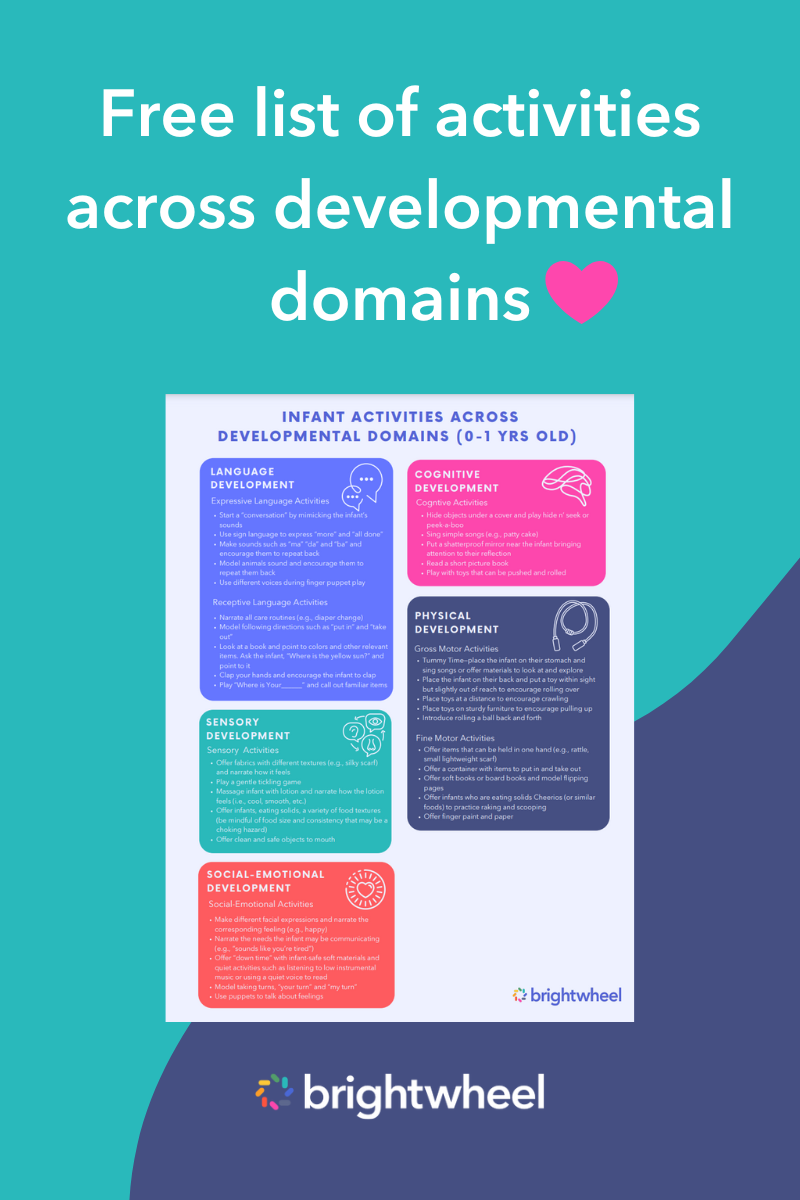Everyone has a unique way of learning. For example, some children excel with visual aids, others with hands-on activities. A child's learning style directly impacts how well they take in and retain information. Of course, they can't choose what works for them, but part of your role as an educator is to learn about each learning style to ensure that your teaching methods can adequately support each child.
In this article, we'll focus on auditory learners, their characteristics, and what strategies can help optimize their learning in the classroom.
What is an auditory learner?
An auditory learner is someone who learns and understands best through listening and speaking. Instead of relying on visual aids or reading books, these learners process and retain information best by listening to discussions and lectures, reading aloud to themselves, and other verbal activities.
For example, children who are auditory learners may have an affinity for listening to rhymes, stories, and songs. They also often memorize through singing and repetition and can use their voices to reinforce new material. Auditory learners may face challenges such as reading slower than others, repeating things a teacher tells them, or having difficulty processing information when it's presented in written form.
In addition to auditory learning, there are three other learning styles—visual, kinesthetic, and reading/writing. Although most people learn primarily through one learning style, they usually process information using a combination of all learning styles. According to data from VARK Research, children are most likely to be auditory learners.
Auditory learner characteristics
Auditory learners have many unique characteristics that set them apart from other types of learners. Identifying these differences helps determine how they learn and how you can best teach them. The following are some key characteristics of auditory learners:
- Have a good memory regarding verbal information
- Learn best when listening to information
- Can process and interpret audio information more effectively than other types
- Are good speakers
- Are good listeners
- Enjoy conversations and are skilled storytellers
- Are talkative to others and even themselves
- Enjoy being read to
- Are skilled at picking up on tone, pitch, and other changes in sound to understand someone's emotions and intentions better
- Like listening to music
- Are easily distracted by silence or background noises
- Can confidently voice their thoughts and opinions
- Can remember and reproduce spoken information accurately
- May struggle with reading comprehension but excel in oral communication
- Have a strong sense of rhythm and may enjoy singing or playing an instrument

Auditory learning strategies
You can use several strategies to optimize learning experiences for auditory learners once you've identified their learning style, including adjusting your lessons and teaching methods to help them excel. Using tools like brightwheel's lesson plan feature allows you to log your observations and craft custom lesson plans to support children’s learning.
Here are some of the most effective strategies to consider for optimizing auditory learning:
Use verbal explanations
Auditory learners learn best through listening and speaking, so when you are introducing new concepts and ideas, it’s best to explain them verbally. You can do this through group discussions or one-on-one conversations. Verbal descriptions and explanations should be concise, allowing auditory learners to ask questions and clarify information.
Provide opportunities for open discussions
Auditory learners thrive in group discussions, so providing opportunities for conversations with other children and teachers is essential. This can be done through group projects, Q&A sessions, or even one-on-one meetings. These opportunities for discussion can help auditory learners understand key concepts and retain information.
Incorporate music, sound, and other audio into the classroom
Auditory learners may find it easier to remember information if presented through music or other auditory stimuli. You can use songs to teach any material or subject and even have children get in on the fun by writing their own lyrics to express themselves and stay engaged in the lesson. Additionally, soft background music can help create a focused learning environment for auditory learners.
Use mnemonics and acronyms
Mnemonics and acronyms can be powerful tools for helping auditory learners remember information. Much like music and sound, memory aids use patterns or associations to help learners recall information more easily. For example, a mnemonic set to a catchy tune can help auditory learners remember important details of a lesson.
Encourage active listening
Active listening is a key skill for auditory learners. It involves paying close attention to what is being said and actively engaging with the material. Teachers can encourage active listening by asking questions, facilitating note-taking, and providing opportunities for reflection and discussion.

Multimodal instruction
Multimodal instruction is an approach to teaching that combines multiple sensory modes, such as visual, auditory, and kinesthetic, to enhance learning and engagement. This approach is particularly effective with preschoolers who are still developing their cognitive and perceptual skills and may benefit from multiple input modes.
For auditory learners, multimodal instruction can be beneficial because it provides alternative ways of conveying information beyond just listening to spoken words. For example, a teacher might incorporate visual aids, such as videos, diagrams, or pictures, into their lessons to supplement their verbal instructions. They might also include movement and hands-on activities, which can help engage kinesthetic learners while reinforcing key concepts for auditory learners.
Providing multimodal instruction can help preschoolers develop a more comprehensive and well-rounded understanding of concepts through multisensory learning. This approach can also help prevent children from getting bored or disengaged during lessons and encourage them to use multiple learning styles.
Bring auditory learning strategies to your classroom
As an educator, it's important to recognize children's diverse learning styles and determine how to adapt your teaching methods to ensure everyone receives the best education possible. Since many young children are auditory learners, understanding their learning preferences is crucial for optimizing their learning experience.



